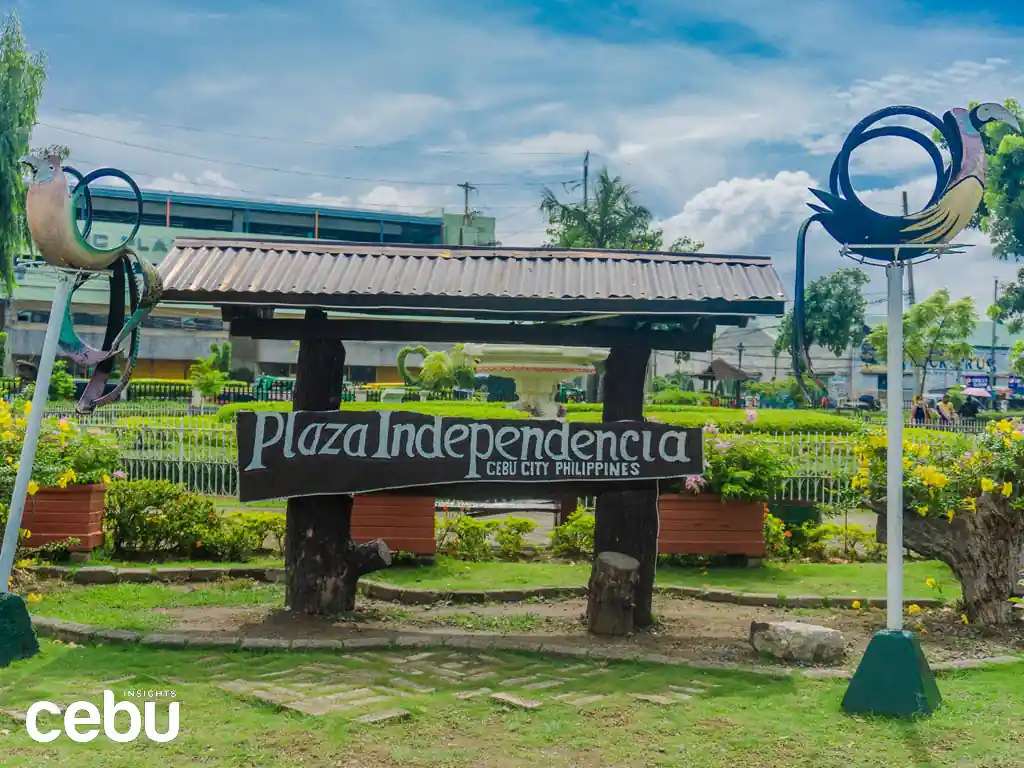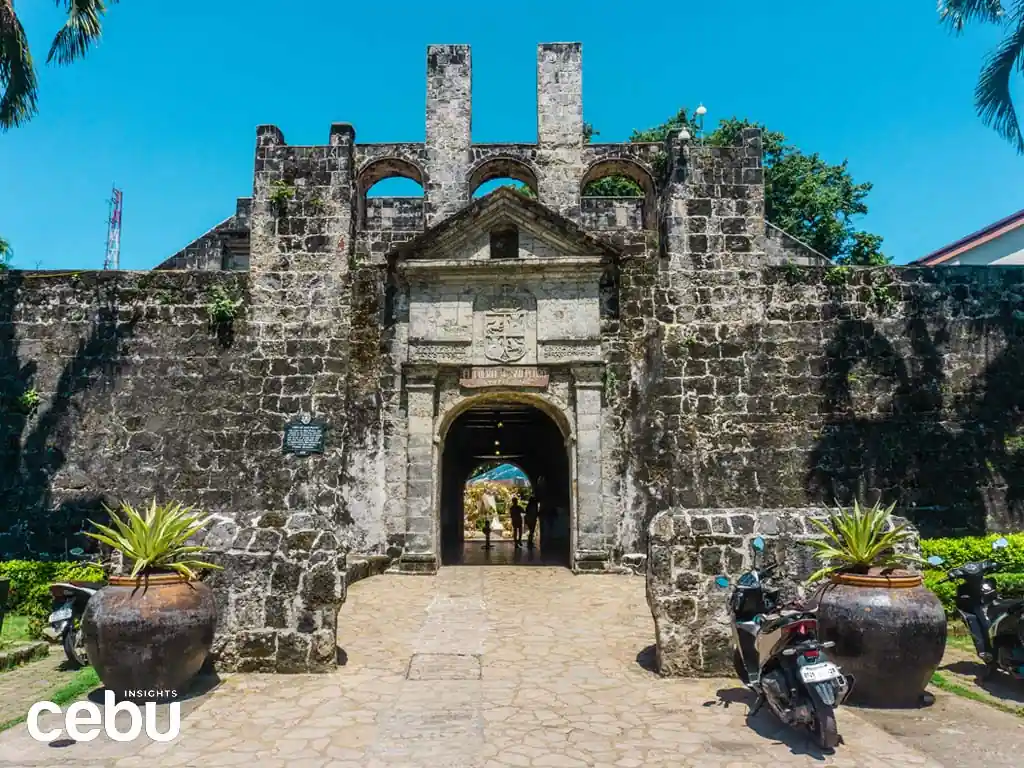Plaza Independencia has several landmarks that are an important part of Philippine history.
Plaza Independencia is the largest public park in Cebu City. The spacious, open area makes it perfect for all kinds of recreational activities. You will find students practicing for school dances, fitness enthusiasts on early morning brisk walks, or couples who are simply hanging out to enjoy some fresh air and good ambiance.
However, the plaza is more than just a place for fun under the sun. It is also one of the most important historical places in Cebu. Here, you will find the oldest fort on the island and several items and monuments that are an essential part of Philippine history.
As one of the biggest parks in Cebu City, locals and tourists come here to hang out and spend time with loved ones.
You will also find statues of national heroes and structures dedicated to warfighters and colonizers who helped turn the city and country into what it is today.
HISTORY OF PLAZA INDEPENDENCIA
Throughout the years, the plaza had many different names. Today, it mainly represents the freedom and independence of the island against foreign rule.
A marker in front of the entrance states that the plaza was once called Plaza de Armas in the 1600s, as the space was used for military training and public parades. When it expanded to include the Cebu Cathedral, it was renamed Plaza Mayor.
It was again renamed Plaza Maria Cristina during the Spanish colonization, paying homage to the Queen of Spain at the time. When the Americans took over, it was called Plaza Libertad.
Finally, when the foreign colonizers left and the Philippines gained independence in the 1940s, it was officially called Plaza Independencia.
In 2006, archaeologists uncovered human bones near the plaza during the construction of the tunnel connecting Cebu City and South Road Properties.
These discoveries point to how the area was once used as a Spanish settlement and trading port.
WHAT IS INSIDE PLAZA INDEPENDENCIA?
Fort San Pedro – the oldest military structure in Cebu – is located within the plaza. Here, you will find canons and bunkers that were used by the military in the past, although they are now merely for display.
Not many public spaces in Cebu are as big and accommodating as this one.
Currently, the fort has an open space occasionally used for special events like wedding receptions. The long stone walkways at the top give a magnificent view of the park, while several exhibits help you learn more about Philippine history, specifically Cebu.
Most locals know Plaza Independencia as a huge, spacious park where they can hang out and relax with friends and family. It is one of the most accessible public spaces in Cebu, and even tourists find the time to visit the park and learn about its history.
The quadrangles are wide enough to accommodate multiple large groups. You might notice students or dance groups practicing their routines in these areas as well.
When the heat gets unbearable, you can get some shade under the long line of centuries-old acacia trees within the park. There is also a small hut in the central area of the plaza.
You can take a walking tour down Memory Lane, which is located along a large area of colorful flowers that add to the aesthetics and ambiance of the park.
There is also a large fountain surrounded by benches and a wishing well within the garden.

Among the historical monuments within the park, the most noticeable might be the obelisk dedicated to Miguel Lopez de Legaspi. Legaspi established the first Spanish settlement in the East when he arrived in Cebu in 1565.
There is also a structure dedicated to the victims of the Filipino-Japanese war. The monument reminds us that there are no gains from war victories, and that peace brings love and brotherhood among the people.
The text on the marker states:
It is, therefore, our hope that there shall be no more wars in the future to come upon us and that everlasting peace shall ever reign on this world.
The plaza is also a significant part of Philippine history.
The plaza also has a Martial Law marker planted within Memory Lane, commemorating the victims of the Martial Law era in the 70s and 80s. The era is considered one of the darkest moments in Philippine history, with hundreds and thousands of people killed and some still missing under the rule of dictator Ferdinand Marcos.
You can also find a V-shaped sculpture in front of the Malacañang sa Sugbo. This structure commemorates the courageous Cebuano soldiers who fought during the wars.
Statues of National Hero Andres Bonifacio and former Philippine President Ramon Magsaysay also stand at the plaza. In 1957, Magsaysay unfortunately lost his life when the plane he took perished at Mount Manunggal, located in the province of Balamban.
Plaza Independencia is more than just a park that Cebuanos have come to know and love over the years. It is also one of the most important historical landmarks in the country.
Thanks to its accessible location, the park has become a go-to place among residents in the area, students from nearby schools, tourists on vacation, and locals from in and out of the city. A stroll along the plaza is enough to make you appreciate its significance, and you can visit it any time of day.

















